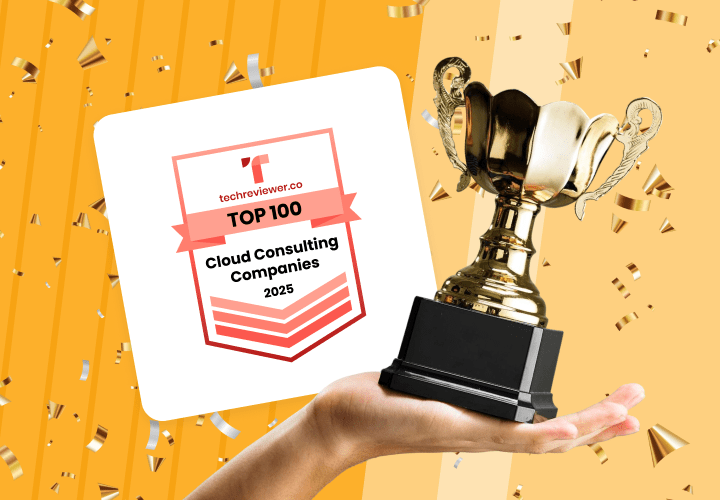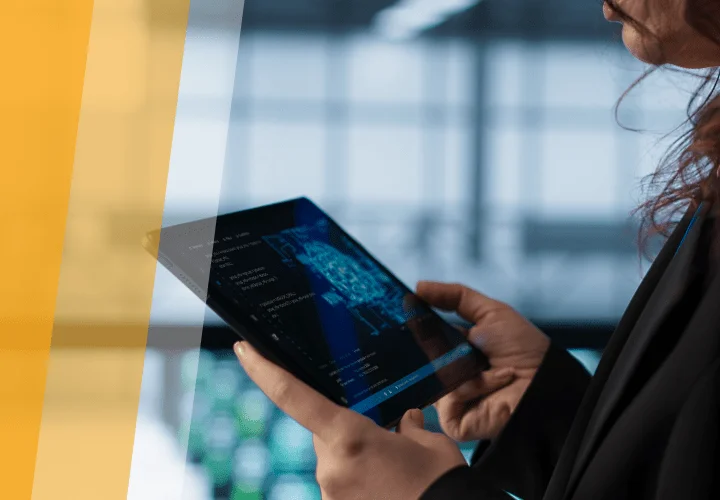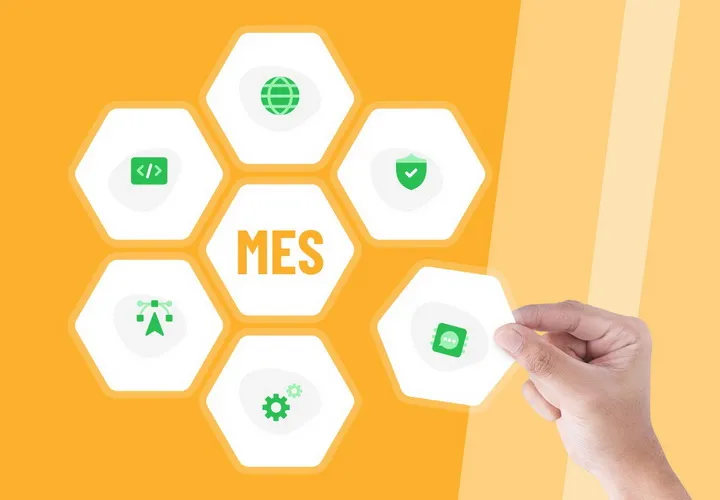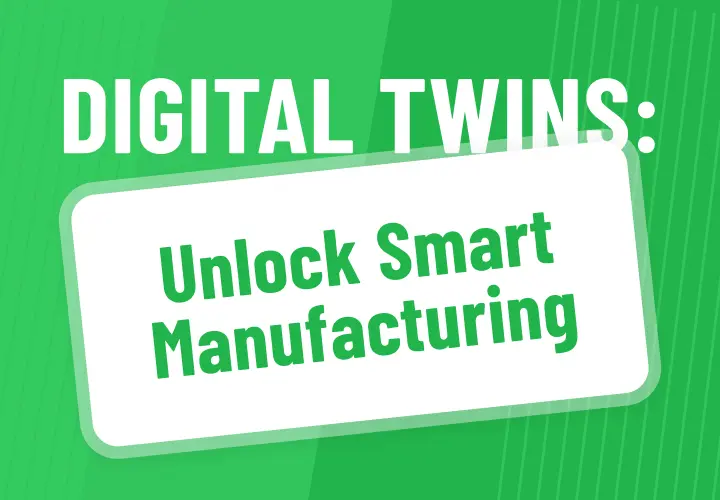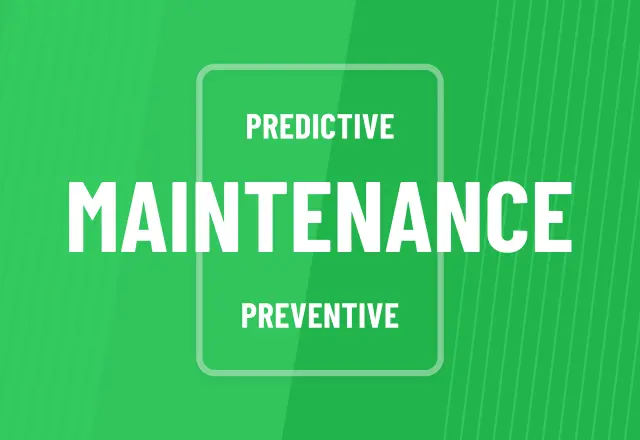The Hottest Trends of IoT in Retail
Table of contents
- Quick Primer on the Current State of IoT in Retail: The Hottest Business Use Cases
- IoT in Retail Statistics
- The State of IoT in 2024: Hottest Trends and Use Cases
- Targeted Content Sent to Customers Via Beacons
- Smart Shelves for Efficient Inventory Management and Supply Chain
- Personalized Discounts for Increased Loyalty and Customer Come-Backs
- IoT technology for Automated Сheckouts
- Robots for the Completion of Routine Tasks
- What’s the Future of Retail: Will It Just Fade?
Quick Primer on the Current State of IoT in Retail: The Hottest Business Use Cases
To begin with, picture this: you walk into the store to try on a pair of jeans you saw online, and just as you enter, your smartphone beeps to show you the way for the needed display. You come, take the needed pair, try it on, decide that it’s exactly what you need, and then simply put it in your bag (don’t worry, it’s ok). Then you see a robot coming to you to ask if you need help, and you do. You want some new shoes and ask it to show you the way.
The robot takes you to the shelf with shoes, you pick the pair, try it on, put it in your bag, and go to the exit. As you leave the shop, sensors scan your products and automatic payment within the mobile app takes place. You also receive a discount for the first purchase and receive one more for the next ones.
What a brilliant customer experience, don’t you agree? And it is described just from the side of a customer. Meanwhile, retailers also enjoy it, as they can save on labor cost, reduce inventory error, receive automatic information on re-stocking, optimize their supply chains, and ensure the adequate formation of prices and discounts — all of these processes are automated and require minimum human involvement and effort.
And while it may sound like a scene from some futuristic movie — it’s actually the reality to witness in the near future that becomes possible with the rise of IoT devices and systems that interconnect them. What’s more, we’re now in the early stages of IoT development, so the scenario described above is just the beginning.
Meanwhile, the technology expands and, according to McKinsey, the potential economic impact of IoT in retail environments will range from $410 billion to $1.2 trillion per year by 2025. So we can suggest that in the coming years, it's exactly IoT that will help traditional brick-and-mortar shops survive in today’s online-first shopping world.
Now, let’s dive into the latest statistics on the use of IoT in retail, as well as see some examples of how the technology changes the retail landscape by looking at 5 brilliant examples of its real-world use cases.
IoT in Retail Statistics
According to a report from UBS, a financial services provider, up to 80,000 more physical retail stores could close by 2025. Because there is a growing tendency (and we clearly see it with the Coronavirus impact) to buy everything you want and need online, and receive the delivery within a few hours or days, there’s no wonder that physical stores will face a lot of challenges in the upcoming years.
Still, it does not mean that retailers will not be able to survive. Instead, such statistics indicate that they will have to review their current strategies and rebuild them, sometimes from scratch, making their services more accessible, technology-driven, and innovative to attract customers and get a sharp competitive edge. And this process has already started. Even today, when IoT just rises in the sector, the statistics indicate that:
In other words, the future of retail is all about technology and the provision of capturing, entertaining, and satisfying shopping experiences customers always wanted. It’s in the way of making shopping feel like a pleasing adventure rather than a routine roaming around the store to spend money for things you can order in the comfort of your mobile device.
The State of IoT in 2024: Hottest Trends and Use Cases
But what is happening in the sector right now? How close is the future of the shopping experience we’ve described above? To find the answers, let’s look at the top 5 trends that rock the industry this year.
Targeted Content Sent to Customers Via Beacons
What are beacons? These are devices that help retailers to notify customers of special discounts, offers, events, and so on with Bluetooth technology. Beacons go off when a customer passes by the store or is anywhere within geographical proximity. For example, a customer may download the app selling jeans of some particular brand, and receive notifications on price reduction when getting to the covered by Bluetooth working in the physical store area.
For sure, this technology has a great potential to impact customer decision-making. By building the connection between customers and physical stores, it can significantly increase in-store purchases. And considering the fact that it was first used by Apple, one of the most competitive companies existing today, there's no doubt not just in its beneficial potential but also in the increased demand for its implementation in the nearest future. Need more proof of that? According to Statista, by 2026, the technology's global market value will reach $2.6 billion compared to $280 million fixed in 2016.
Smart Shelves for Efficient Inventory Management and Supply Chain
Smart shelves can be considered as powerful solutions for inventory optimization processes and fulfillment of supply chain tasks. These comprehensive devices allow retailers to:
- Keep better track of their products;
- Ensure that products are in place;
- Prevent overstocking and shortage;
- Eliminate or minimize cases of theft;
- Save money on security staff;
- Eliminate manual errors in inventory management.
But how does this technology work? It's quite simple: RFID tags send radio waves to readers, and then IoT devices analyze the transmitted data, in this way allowing store managers to get real-time notifications and updates.
Personalized Discounts for Increased Loyalty and Customer Come-Backs
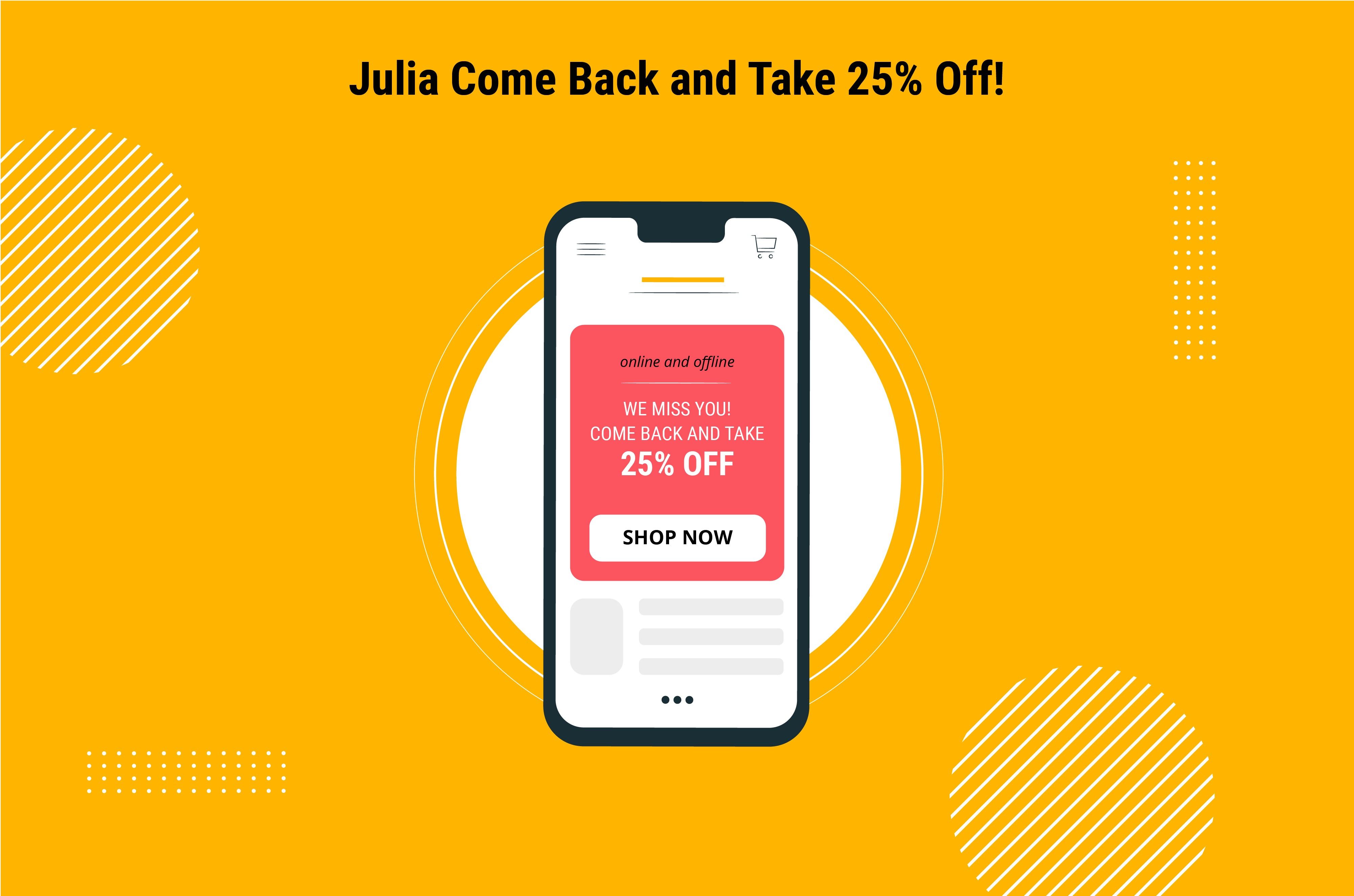
Want to get more devoted customers? One of the most creative and effective ways to succeed in this is represented by IoT technology that can sell targeted information on discounts to any type of customer when they are in the store. For example, newcomers to your store may receive a personal discount for products they've been searching for online previously, returning customers - reminders of the increased discount for a second purchase and details on your loyalty programs, and so on. By making such notification systems a part of your business strategy, you can significantly increase conversion rates and make more of your customers come back to your store for more purchases.
IoT technology for Automated Сheckouts
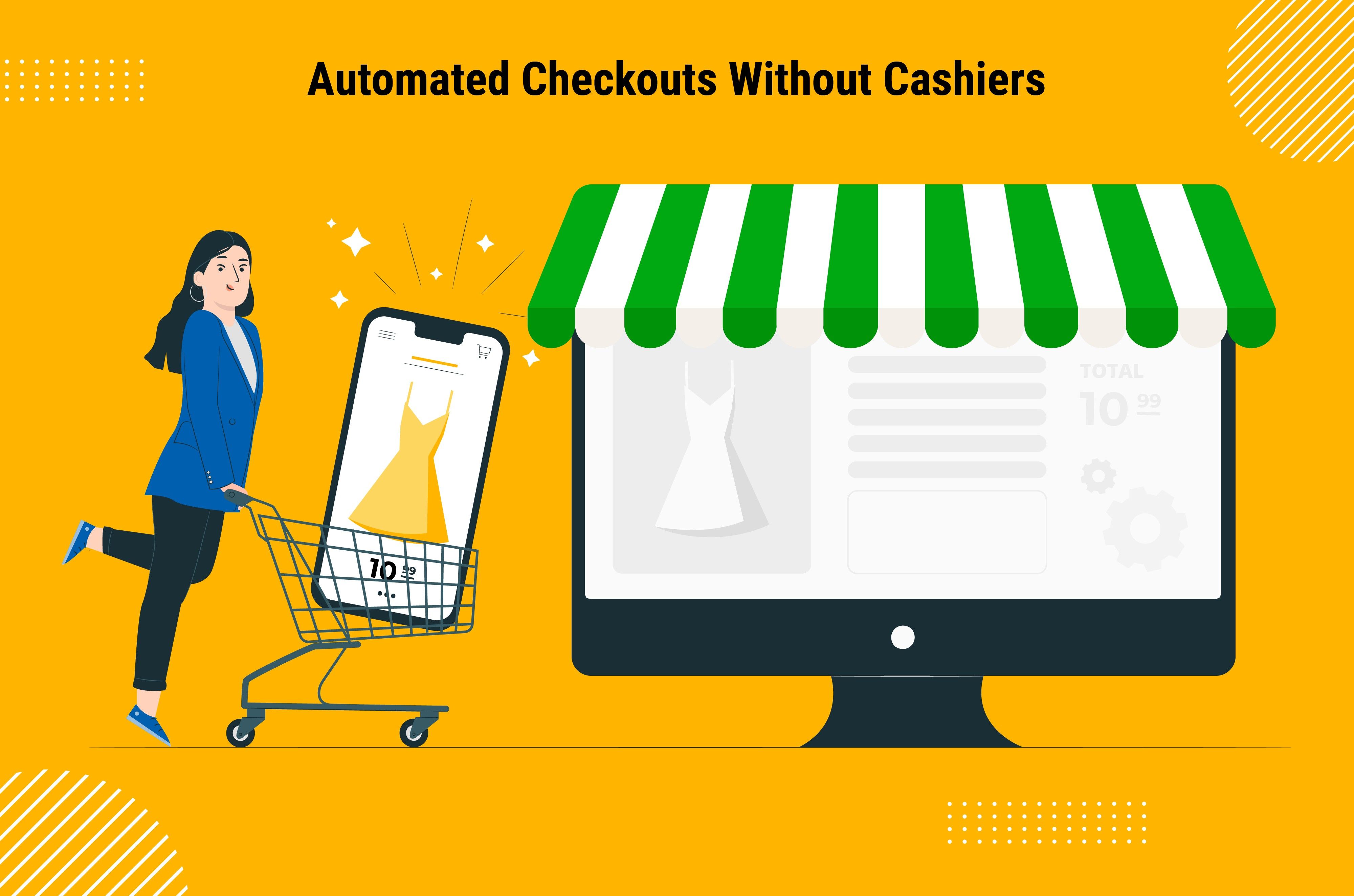
If you are looking for a way to provide your customers with a better shopping experience by eliminating the need to stay in long lines to buy some product, then IoT technology is the solution you need. Together with mobile POS terminals, it can work miracles for your business, allowing visitors to your shop not to worry about the checkout and enjoy automated payments when they leave the store with your products. The system will read tags on each product and then conduct a payment operation. An additional bonus is money savings associated with no need for multiple sales assistants and cashiers. According to McKinsey, by 2025 IoT devices will save from $150 billion to $350 billion globally.
Robots for the Completion of Routine Tasks
Imagine a robot helping you to choose a product: while such a scenario may seem like a scene from some futuristic movie, and a little bit frightening one, the reality is that retail robots offer vast opportunities for a better customer experience. They can help retailers to optimize business operations and cut labor costs.
The Covid-19 pandemic is the best proof that robots can be leveraged in retail as an optimal solution, allowing to minimize contacts and meanwhile enhance in-store customer service. Even today we can witness the beneficial potential of robotics technology, especially when looking at its use cases in such giant companies like Amazon where robots are used to fulfill orders in warehouses. Furthermore, it's already 5 years since home improvement retailer Lowe introduced LoweBot - a robot that helps customers find needed items and navigate in the store.
What’s the Future of Retail: Will It Just Fade?
The examples we’ve just looked at are just a few of the applications of Internet of Things technology that retailers are using in their stores today. Together with many new technologies, there will of course be a certain amount of healthy skepticism as to whether things like smart stores truly will be around in the future.
Still, even today at Emerline we contribute to the rise of IoT in retail, having an R&D department where innovative software that connects various IoT devices is developed. Here are just a few examples of what we have done:
- Smart coffee machine that allows tracking coffee consumption and predicting intervals for coffee purchase with the help of IoT technology and machine learning algorithms.
- Smart fridge that allows monitoring the consumption of various products and building forecasts of their consumption, as well as seeing the current occupancy of the fridge, maintenance days (based on the operating time of the device), temperature and humidity data, and analyze malfunctions (too low/high temperature and humidity, a door open too long, non-working sensors, spilled liquid, etc.).
So if you have plans to revolutionize your retail business with robots and other smart IoT technologies, always feel free to contact us for a free consultation. Let’s take a step into the future together!
Published on May 10, 2021
